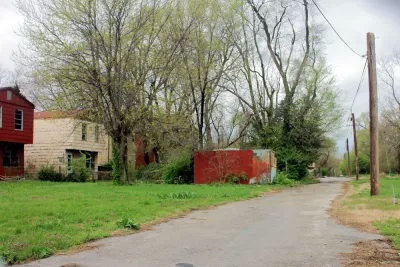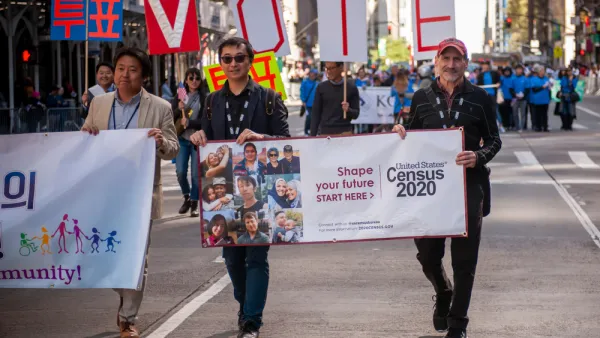A pair of reports analyzing U.S. Census Bureau poverty data from the last two decades show that high-poverty neighborhoods have become further impoverished.

Two reports published by the Economic Innovation Group in May cover U.S. Census Bureau poverty data between 1980 and 2018. The reports found that since 1980, the number of neighborhoods below the poverty line has roughly doubled. Areas marked as low-income neighborhoods in the '80s became poorer by 2018, for the most part.
"Just as the number of poor metro neighborhoods has doubled, so has the number of people living in them — 24 million people were living in these high-poverty communities in 2018, according to the research," writes Marie Patino in coverage of the new reports. The research shows that most people living in poverty live in high-poverty areas.
Patino recounts that while these upsetting trends are clear, the authors spent little time in the report speaking to what can be done to reverse the trend. It remains the case that low-income areas tend to be more crowded, and their residents at even higher risk of contracting the coronavirus. "Those factors also make low-income areas in the U.S. an easy target for epidemics," says Patino.
FULL STORY: Poor Neighborhoods Are Only Getting Poorer

Analysis: Cybertruck Fatality Rate Far Exceeds That of Ford Pinto
The Tesla Cybertruck was recalled seven times last year.

National Parks Layoffs Will Cause Communities to Lose Billions
Thousands of essential park workers were laid off this week, just before the busy spring break season.

Retro-silient?: America’s First “Eco-burb,” The Woodlands Turns 50
A master-planned community north of Houston offers lessons on green infrastructure and resilient design, but falls short of its founder’s lofty affordability and walkability goals.

Test News Post 1
This is a summary

Analysis: Cybertruck Fatality Rate Far Exceeds That of Ford Pinto
The Tesla Cybertruck was recalled seven times last year.

Test News Headline 46
Test for the image on the front page.
Urban Design for Planners 1: Software Tools
This six-course series explores essential urban design concepts using open source software and equips planners with the tools they need to participate fully in the urban design process.
Planning for Universal Design
Learn the tools for implementing Universal Design in planning regulations.
EMC Planning Group, Inc.
Planetizen
Planetizen
Mpact (formerly Rail~Volution)
Great Falls Development Authority, Inc.
HUDs Office of Policy Development and Research
NYU Wagner Graduate School of Public Service




























